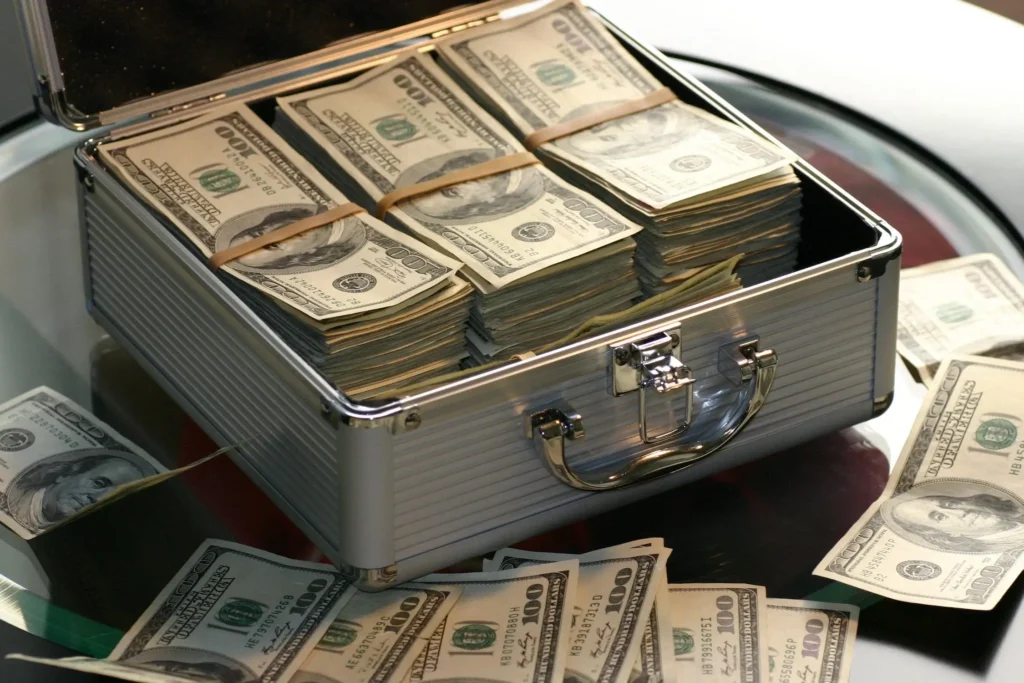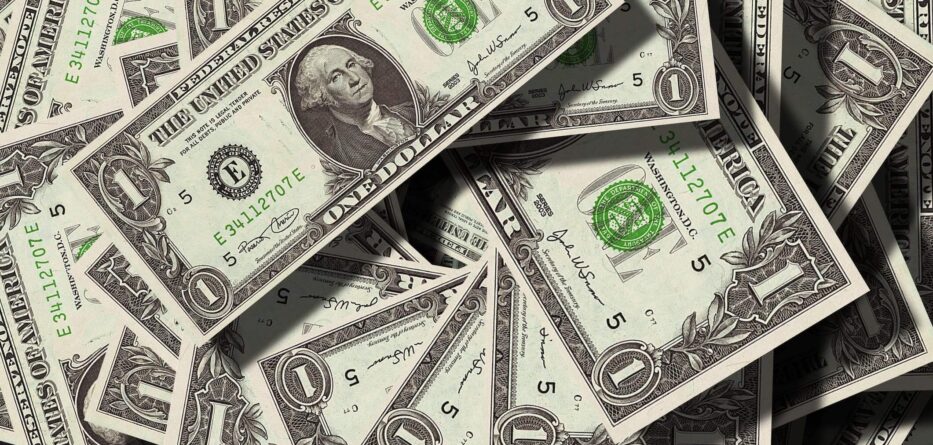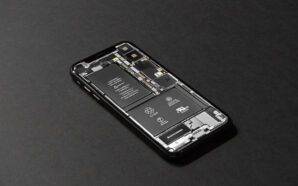Many people do not know that the United States Customs and Border Protection (CBP) has a drawback program. It lets businesses get a refund on paid customs duties on imported goods. For a company to qualify, they have to meet several requirements. With the different types of duty drawbacks, import and export businesses can take advantage of their benefits.
Irrespective of your business, whether an importer intends to recover unused materials or a manufacturer wants to reduce manufacturing costs, you must understand the process of custom duty drawback.
So read on to find out what you need to know about duty drawbacks; from its types to the process of filing for one. Let’s begin.
Contents
What is a Custom Duty Drawback?
Custom duty drawback involves the refunding of about 90% of paid duties on imported goods that were later exported. Usually, the refunds are claimed for a portion of the total amount of paid duties. It depends on the circumstances. The United States Congress created drawbacks to uplift exports by reimbursing companies for certain import fees, taxes, and duties that they have already paid for.
Expert duty drawback services primarily include the provision of relief from double taxation (taxation of the same goods twice). Additionally, customs duty drawback also stimulates exports by ensuring that imported goods used in the manufacturing process are more competitive in the international markets.

The types of custom duty drawbacks
There are several types of duty drawbacks. Let’s take a look at some of them.
1. Manufacturing Direct Identification
When goods are manufactured in the United States with the aid of imported merchandise and are later destroyed or exported, the exporter can make a drawback claim which does not exceed 90% of the initially paid duties on imported merchandise.
2. Manufacturing Substitution
When imported and/or other articles of the same quality and kind are used in manufacturing articles that would be later destroyed or exported before usage, the exporter can make a drawback claim.
Substitution would be allowed when both the substituted and imported merchandise are classified under the same 8-digit HTS code. This is provided that the imported merchandise 8-digit HTS code isn’t described as “other.”
3. Unused Merchandise
When imported merchandise is not used but is later destroyed or exported, the exporter can make a drawback claim that doesn’t exceed 90% of the duties initially paid for the imported merchandise. Qualification includes the importer being able to identify the particular imported merchandise which is unused.
4. Rejected Merchandise
When merchandise is destroyed or exported because it doesn’t have the same quality as stated in the product specification or sample, the exporter can make a drawback claim that doesn’t exceed 90% of the initially paid duties on the imported merchandise.
This is also true when the goods were shipped to the US without the consignee’s consent or were determined as defective during the importation time.
The process of customs duty drawback
To apply for customs duty drawback, you must first file a claim with the United States Customs and Border Protection (CBP). The claim includes documentation proving the imported goods was previously used to manufacture exported goods, and also the information on the method of identifying the merchandise.
Before you can qualify for a customs duty drawback, you must
- Be the originally recorded importer
- Have paid the necessary fees, taxes, and duties
- Have in your possession, the exported merchandise or enough evidence showing that you exported the merchandise
There are also several documents that you must have before you can apply for customs duty drawbacks. They are:
- Proof of paid duties. This proves that you have paid every required tax and duty. You also have to submit a custom form 7552 (Certificate of Delivery).
- The Entry Summary CBP Form 7501. This is used for identifying important information about imported commodities. The CBP requires the importer to fill out the form.
- Import proof. The CBP would need customs clearance documentation alongside the 7551 form. This shows every important information about the imported merchandise like the import value and HS tariff classification.
- Export proof. This proves that you exported the goods and also includes documents such as bills of lading, sales or commercial invoices, and other export-related documents.
Final Words
Duty drawback is the refund of specific fees, internal revenue taxes, and duties that are collected on goods importation and later refunded when the merchandise is destroyed or exported. The refunds are given after the destruction or exportation of whether the substituted or imported tactile or product has been manufactured from the substituted and imported product.








